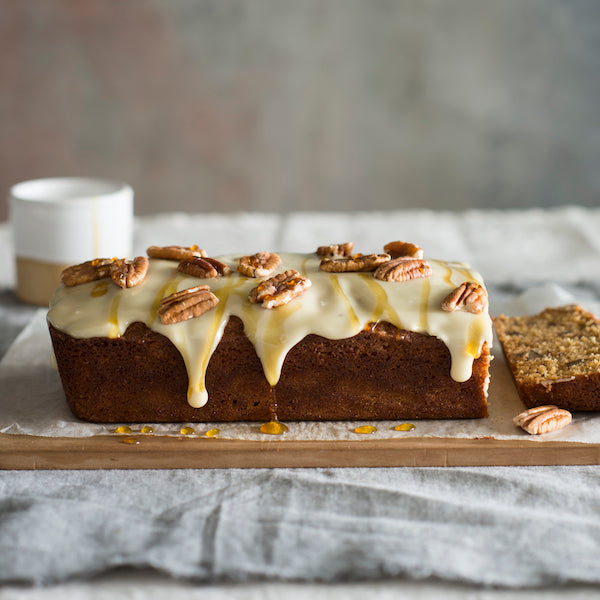BakeClub Blog

Why you need to make your own flour blend for gluten-free baking
There are numerous gluten-free flours that can be used in baking but none of them, on their own, can replicate the glutenous characteristics and properties that wheat flour can bring to your baking. And that is why gluten-free flours need to be carefully selected and blended to create a mix that is suitable for what you are baking. Blending your own flour blends means you have more control over the quality of the final results, including texture and flavour, with each flour within the blend adding their own special qualities.
Replacing wheat flour in your baking
The gluten in wheat flour not only provides elasticity and structure for a bake but will also determine how pliable and/or soft the crumb texture will be as well as its ability to hold moisture. It’s an important ingredient that creates specific desirable characteristics in a bake. To add to this, it is also incredibly adaptable with its properties suitable to be utilised in innumerable baking recipes – basically, no other ingredient can bring to a recipe what the gluten in wheat flour does. Because of its unique properties, when removed the consequences need to be considered carefully so that it can be replaced with gluten-free flours and other ingredients that will emulate it.
The final flavour, texture, shelf-life, and stability of a particular gluten-free bake largely depends on the combination and proportion of flours you use. And because there is no single gluten-free flour or ingredient that can independently emulate the properties of gluten flour you must blend a number of gluten-free flours for the best results when replacing it.
The story with bought gluten-free flour blends
Pre-mixed gluten-free flour blends available from your local supermarket or health food store vary enormously in quality between brands. Each one contains a different combination of flours in different proportions. And whilst they are convenient and will often work well in recipes where the focus is less on the flour itself, they are almost always high in starches and low in wholegrain flours (especially the less expensive ones). This high proportion of starch will often make your baking ‘gummy’ with a starchy, unpleasant texture and taste. The high starch content can also cause your baking to be dry in texture and to stale quickly if not compensated with the addition of moisture-retaining ingredients. To add to this, no one commercially available f lour blend will work equally as well with all types of recipes.
If buying a gluten-free flour blend to use in your baking, in my experience I have found the best all-purpose gluten-free flour blends available are the Bob’s Red Mill Gluten-free 1 for 1 Baking Flour and the Orgran Gluten-free Flour. They are available from selected supermarkets, health food and specialty food stores. Both of these flour blends are more suited to lighter-style baking (buttercakes, cupcakes, muffins and biscuits) rather than more full-bodied bakes such as yeasted breads.
Why make your own gluten-free flour blends
Although there are many commercially pre-mixed gluten-free flour blends available, it is a bonus to have the flexibility to choose the flours within a blend, as well as the proportion you use them in.
Blending a variety of gluten-free flours yourself is a great way to create a gluten-free flour blend that will work for particular recipes, depending on what you are baking. Using and experimenting with different blends will give you better control of the outcomes, and a better result.
While certain recipes still need a special ‘blend’ specifically suited to its particular characteristics to give you great results, and therefore are best made with their own combination of flours, there are some recipes that can be adapted just by substituting a homemade all- purpose gluten-free flour blend. This means you can make up a large batch and just have it on hand to use in a recipe when required. Also, making your own blend is less expensive than buying the equivalent amount already blended.








